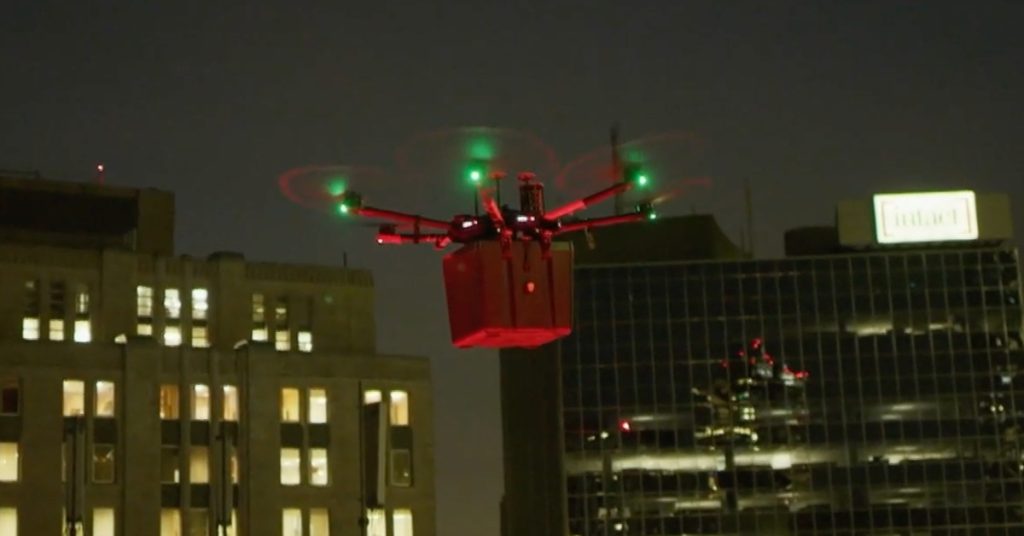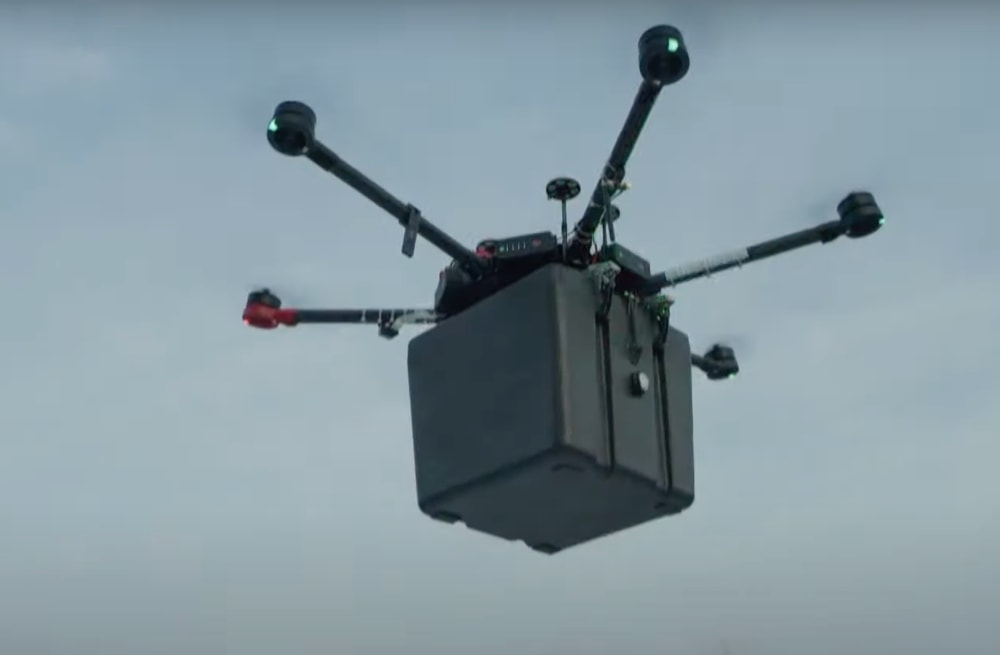First Lungs Delivered by Drone for Transplant Save Man’s Life in Canada
BY Zacc Dukowitz
21 October 2021The drone industry has seen a lot of firsts over the last few years, but this one definitely caught our attention.
Late last month, the world’s first lung transplant was successfully delivered by drone. The delivery took about six minutes and was made in downtown Toronto, from Western Hospital to Toronto General Hospital, over a distance of just under a mile.
About the Lung Delivery
The drone used in the lung transplant delivery was a custom-built carbon-fiber drone made just for this delivery job. It was created in a partnership between Unither Bioélectronique, a Quebec-based biotechnology aviation company, and UHN (University Health Network), the company that owns both Western Hospital and Toronto General Hospital.
Before being placed in the drone, the lungs had to be filled with oxygen and stored in a special box cooled to the right temperature for transportation.


Waiting on the hospital’s roof to meet the delivery drone was Dr. Shaf Keshavjee, who heads up the Toronto Lung Transplant Program at UHN. The lung delivery project was his brainchild, and he was also the doctor in charge of performing the double lung transplant surgery.
We’ve used planes and helicopters and cars and vans, and oftentimes there’s a challenge in logistics. But it seems not right to use a whole Learjet to transport something that weighs only two kilograms.
– Dr. Shaf Keshavjee, Director of UHN’s Toronto Lung Transplant Program
The recipient of the lung was a 63-year-old man from Ottawa named Alain Hodak, who said he was proud to be a guinea pig for the new transplant delivery method.
I was with my daughter when they came to us and told us the lungs were available and there was this project that the doctor was working on. And we said, ‘Absolutely, yes. I’m an engineer by trade and I love technology.’
– Alain Hodak, recipient of the first lung transplant delivered by drone
Hodak has been suffering from pulmonary fibrosis for the last two years, and has shared that breathing was “unbearable” prior to the surgery.
Earlier this year he was told that receiving new lungs was the only way he could stay alive, and he and his wife rented a condo in Toronto so they could be near the hospital in case a transplant opportunity arose.
The transplant saved his life.
Planning the Mission
Given how busy downtown Toronto is, there were a lot of logistical and regulatory challenges for the lung delivery.
According to Dr. Keshavjee, several types of permissions had to be obtained for the delivery to be made possible, including from Nav Canada and from Health Canada.


Before the actual mission, his team completed 53 test flights between the two hospitals. They also had to develop a navigation system just for the delivery, as well as adding several safety failsafes to the drone so it wouldn’t pose a threat to the people who happened to be walking under its path.
We had a ballistic parachute on the drone so if anything went wrong with it, if one of the engines failed, if it tipped too suddenly or it dropped too fast, it would cut the engines, blow the parachute out and the drone would come down to earth slowly.
– Dr. Shaf Keshavjee, Director of UHN’s Toronto Lung Transplant Program
Once he had received all the approvals he needed Dr. Keshavjee let his patients know and Alain Hodak, the lung transplant recipient, jumped at the opportunity.
The Future of Drones for Transplant Deliveries
Although this was the first time a pair of lungs was delivered by drone, there are several other instances of transplant drone deliveries that have been successfully carried out.
Here are some notable organ deliveries made by drone over the last few years:
- April, 2019—Kidney delivered in the first organ delivery ever by drone, which was made by the University of Maryland Medical Center. Read more.
- May, 2020—Pancreas delivered by drone for a transplant in Minnesota. Read more.
- September, 2020—Kidneys and corneas delivered by drone for transplants in Nevada. Read more.
Drones present a potential solution to a common organ delivery problem, which is that, due to delays in delivery logistics, organs can fail before arriving in time to be transplanted.
According to the United Network for Organ Sharing (UNOS), these delays are the second most common reason that over 400 kidneys are turned down every year by the University of Maryland Medical Center—and that’s just one location.
We could send a drone to Calgary to pick up a lung and send it back if we have the networks to retrieve organs and preserve them properly . . . I think this is just the beginning.
– Dr. Shaf Keshavjee, Director of UHN’s Toronto Lung Transplant Program
Drones can solve delivery problems by bypassing issues faced on the road, and they’re also quicker and easier to manage than airplanes when it comes to getting an organ to its recipient as fast as possible.
A lot of work still needs to be done before these kinds of deliveries could be done on scale, but the future certainly looks promising for using drones to deliver transplant organs.


